Shifting from a savings mindset to an income mindset may have you feeling a little like the miller’s daughter having to spin straw to gold. Each year you watched your investments rise and felt a sense of accomplishment and moving forward. Now that it’s “game-time” you may be feeling the stress. With the right strategy, you can turn your savings into reliable, tax-efficient income that supports the life you’ve worked so hard to build, all without having to give up your first born.
Understand your income streams
Start with a simple calculation: what will your net monthly expenses be in retirement. Don’t forget annual payments such as insurance and property taxes. Next, discover how much will guaranteed income sources like CPP, OAS, or a defined benefit pension cover (this can be found on your MyCRA account or by contacting Service Canada). The remainder will be funded from your investments. Determine your minimum withdrawal from RRIFs/PRIFs/LIFs. The difference is the income from savings that can come from a variety of accounts.
Tip: determining when to take CPP is more than just using the breakeven number. Speak to your advisor or personalize recommendation based on your savings, health, expected long term expenses, etc.
Layer Your Income for Tax Efficiencies
Drawing from the right accounts at the right time can save you thousands. The strategy we use at Birch Bay Wealth Management is to layer your income so that your least flexible income takes your lowest tax brackets. As you take more money out, we may layer in your non-registered and TFSA money.
Talk to an advisor to ensure your withdrawal plan minimizes taxes over the long term, not just year to year. Tax efficiency over your lifetime and your estate may mean taking more than you require from registered accounts and investing in a different type of account that gives you more flexibility in a long-term care situation and on your terminal tax return.
Build a Paycheque Schedule That Works for You
Some retirees prefer a monthly transfer to mimic a regular paycheque. Others take quarterly lump sums. Still others are comfortable with an annual lump sum.
What matters most is that your plan reflects your actual spending habits—and ensures enough liquidity for surprises.
Consider a Cash Wedge Strategy
Dollar cost averaging is wonderful for those building their portfolios. For those pulling an income from them, it is reverse dollar cost average and has potential to wreak havoc on your nest egg. According to the Globe & Mail, we have a bear market (20% drop or more) every 3.5 years. A cash wedge strategy helps protect your portfolio in a down market. You will take your income from a portion of your portfolio that is not exposed to the market (the cash wedge) and use the remaining funds to create strategies for both growth and to top up the “cash wedge” annually.
Review Regularly—Especially Early On
Don’t be surprised if it takes you 2 (or more!) years before you even settle into knowing how much you actually need. While it seems counterintuitive, your spending in retirement often does NOT mimicking your spending pre-retirement. Studies have shown there are 3-4 “spending phases” in retirement.
Meet with your advisor annually (preferable more often) to assess your financial plan to your actual spending needs and situation.
Your retirement paycheque isn’t just about numbers—it’s about freedom. With a smart, sustainable retirement plan, you can enjoy the life you’ve envisioned with confidence.
🗓️ Looking for a second opinion or your own Rumpelstiltskin? Click Here to schedule a 15-minute clarity call, or phone 825-659-3003. (Seriously, we don’t want your first born, don’t even offer…)

Karen Shaw is a Registered Representative with Designed Securities Ltd., operating under the trade name Birch Bay Wealth Management.
